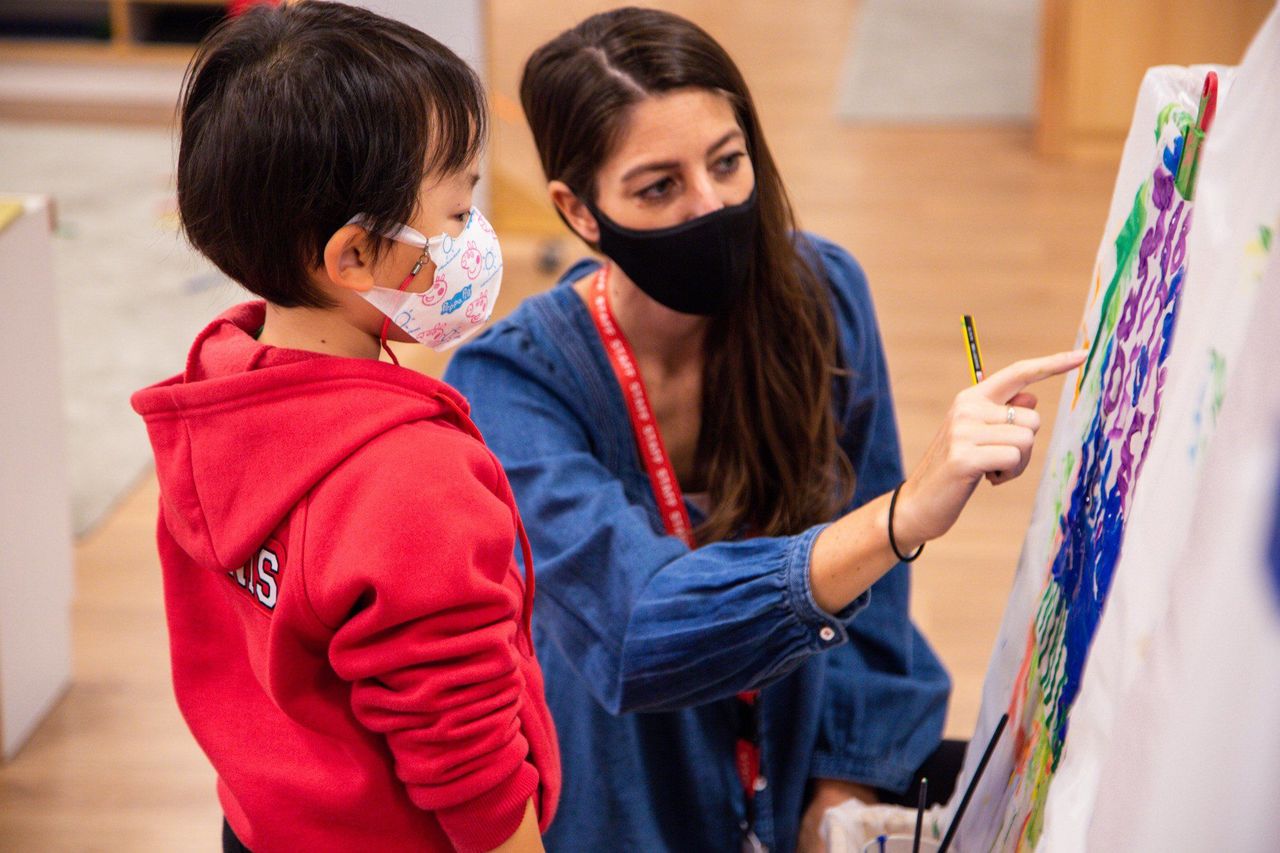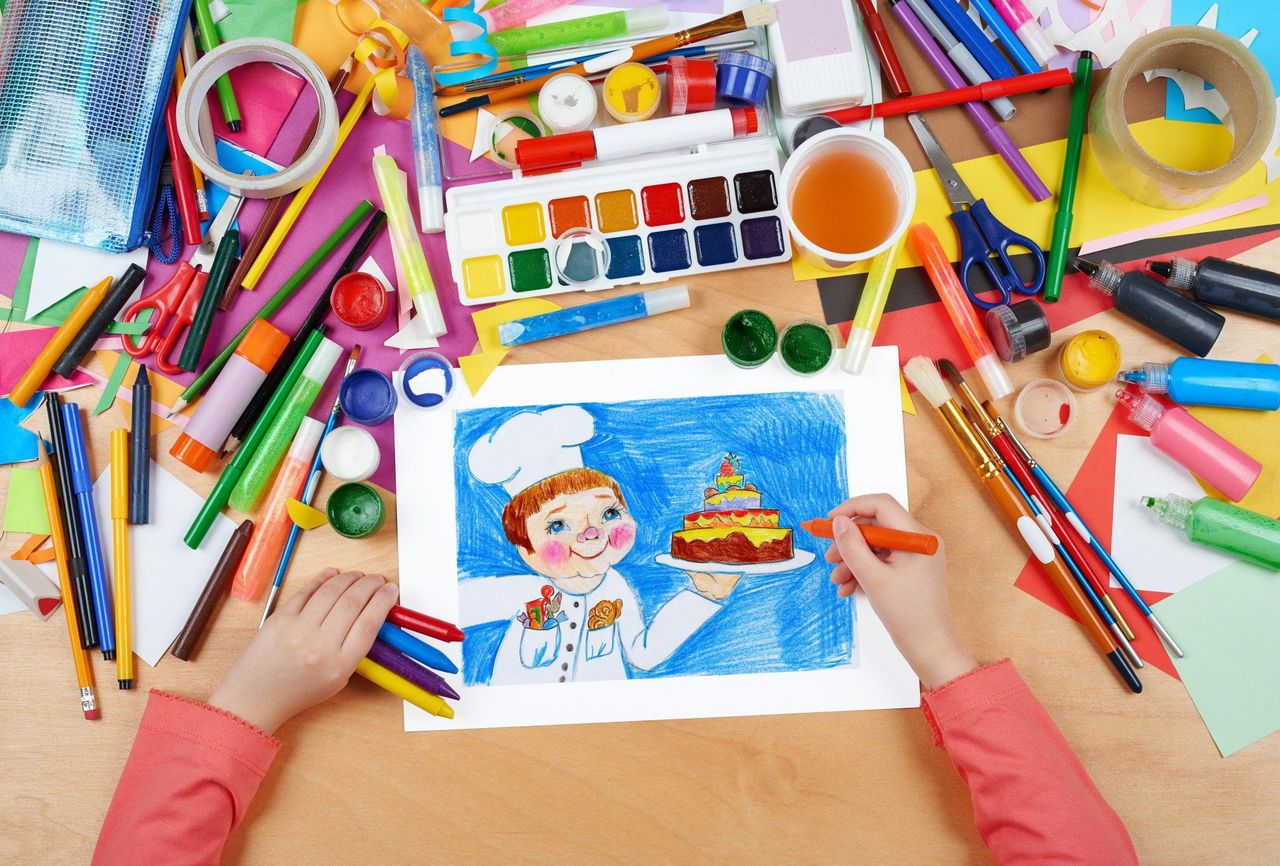Hong Kong News

How the arts are a key part of any child’s education
While the benefits that visual and performing arts can bring to a child’s academic life may not be immediately apparent to all, their positive impact is broad and often far-reaching. For starters, they help students excel in managing emotions and developing an appreciation for different cultures and nationalities.
One only needs to do a quick internet search to see that creative problem solving often ranks among the top 10 skills that employers look for in potential employees. Proficiency in communication is also often cited as an essential soft skill required for today’s workforce. It is never too early to start nurturing these skills in children, and art in every form is an effective way to build and encourage the use of both.
“Arts education helps children to develop transferable skills for learning such as creative problem solving, fine motor skills, communication skills, social skills and decision-making,” said German Swiss International School’s (GSIS) head of primary German, Priska Erni, and her colleague Donna Morley, the school’s head of primary English, in a joint statement. “It can also help children to understand complex concepts if they are presented visually,” they added.
 At Canadian International School, art is used to help children develop the confidence to express a viewpoint.
At Canadian International School, art is used to help children develop the confidence to express a viewpoint. “Art is one of the subjects where children can create their own version of ‘correct’,” Tuckett said. “Of course, the concept of multiple ‘correct answers’ becomes more obvious in other subjects as children develop into them, but art is the first common subject where a child’s picture, model or drawing is their unique response to the topic given to them to respond to.”
According to him, creating their own pictures or models helps children to develop a confidence in their ability to hold their own point of view. “If you can paint your own picture, you can explain or argue your own point of view. Younger children may not have all the words or the verbal skills required but they can express their individual responses through a drawing or painting,” he said.
Art also helps children refine their perception of what they are thinking and feeling, Erni and Morley said. It helps them learn how to give shape to various external impressions as well as inner moods and feelings. “The aim is to develop the power of imagination. It enables the pupils to form an image of what they see ‘outside’ as well as what they see ‘inside’,” they said.
Building transferable skills
 Even decision-making skills can come into play in creating art.
Even decision-making skills can come into play in creating art.
Getting children to participate in art improves their ability to learn in other subjects, helping them to exercise and practise essential skills that will stand them in good stead over their school careers.
Anne Drouet, the director of visual and performing arts at the Canadian International School of Hong Kong (CDNIS), said schools that integrate arts into their curriculum show improved student performance in maths, English, critical thinking and verbal skills.
“This is not a recent discovery: philosophers like Plato recognised the inherent value of studying the arts over 2,000 years ago,” Drouet said. “Drama, music, dance and the visual arts were seen as integral to Greek society. The arts also help to develop motor and interpersonal skills, and critical and divergent thinking that clearly help benefit students across all of their learning.”
Tuckett said that the subjects taught in primary schools are the means that schools and educators use to develop a child’s ability to think, reason, research, develop a hypothesis, work collaboratively with others and more.
“These are all the skills they will need for more senior levels of academia and in their adult workplace. Art is a critical aspect of this selection of curriculum tools,” Tuckett said. “To be able to respond and express yourself in a unique way to those required in other subjects is an enriching and enabling area of any child’s development.”
A broadening world view
An arts education can encompass a variety of visual arts, as well as scenarios and events from real life that educators can use for a lesson – from history to festivals to cultural customs – all of which can help widen a child’s perspective of the world.
“Children who learn about the world through song and dance, for example, quickly learn that cultures around the world have more similarities than they have differences. This promotes global understanding and open mindedness which are critical values for a successful future,” Drouet said.
Erni and Morley concur: “The discussion of artistic works in the community draws attention to different possibilities of expression and design, and promotes the ability to experience and judge. Appreciating the work of other pupils and works of art requires empathy, respect and tolerance, and teaches social responsibility.”
Nurturing emotional development
Art in all forms can have powerful, positive effects on children’s emotional and mental well-being. Drouet explains how taking part in art can elevate one’s mood and bring about feelings of relaxation and peace.
Drouet said she believes the arts can help our brains to slow down a little while we focus on the moment of practising or creating artwork. “Breathing rates slow down coupled with an increased brain production of dopamine. We often feel this every Friday during our community choir rehearsals. About one minute into our breathing exercises and warm-ups, you can feel a collective unwinding and relaxation, together with a sharpened awareness of our own presence, as well as each other’s and the room,” Drouet said.
Erni and Morley from GSIS said art is a safe way for students to express their worries and gently find a way to manage their feelings. “Engaging in creative arts helps children to explore their feelings and emotions,” they said. “Through visual and performing arts, they can express their ideas or worries in a safe setting. Being creative helps children cope with their feelings and fears, as well as managing their various emotional states.”











